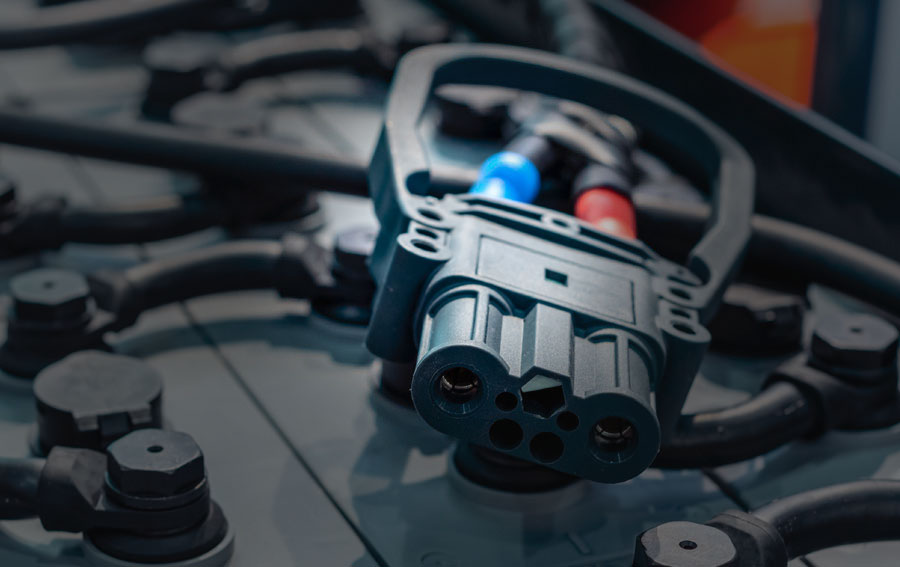Be Energy South Africa
What is battery regeneration?
A second life for your batteries: an ecological and economic choice
Be Energy South Africa
regeneration solutions
Batteries are essential to the daily operations of individuals and businesses across South Africa, regardless of their sector. They play a crucial role in stand-alone power generation systems, particularly in solar and wind energy installations, which are increasingly being adopted to address the country’s energy challenges.
Understanding battery regeneration is key to optimizing performance, extending lifespan, and reducing environmental impact. By embracing this sustainable solution, businesses and individuals can enhance efficiency while contributing to a greener future.
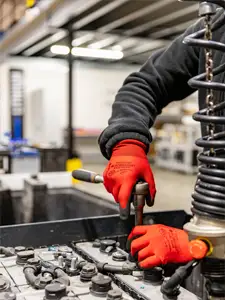
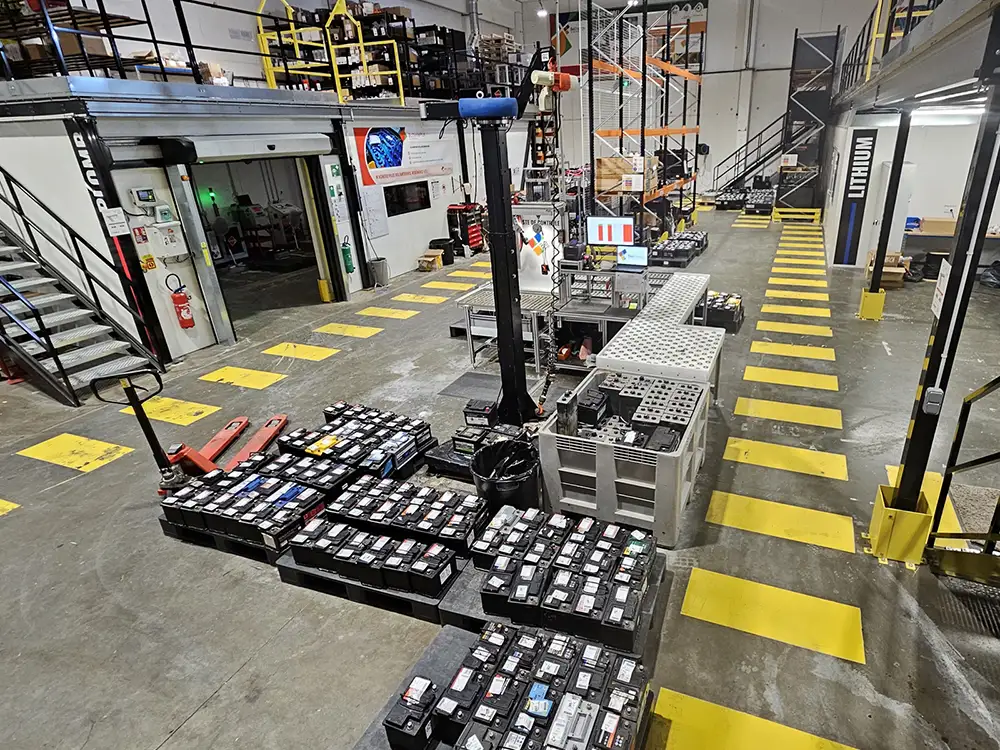
How does a lead-acid battery work?
Understanding the discharge and recharge cycle
Lead-acid batteries follow an operating cycle based on two essential stages: discharge and recharge.
In the discharge phase, when a battery is stressed, a chemical reaction takes place. The internal plates gradually become covered with lead sulfate, while the electrolyte, composed of sulfuric acid, loses its concentration and transforms into distilled water.
In the recharging phase, this phenomenon is reversed. The energy supplied returns the lead plates to their original state, while the electrolyte regains its original composition, allowing the battery to be used again.
This cyclical process ensures that batteries function properly, but over time, the build-up of sulfate can impair their performance. Regeneration helps extend their lifespan and optimize their efficiency.
A few words to help you understand what a sulphated battery is
A major problem occurs when lead sulphate crystallises on the battery plates. This phenomenon, known as ‘sulphation’, renders the battery incapable of recharging normally.
Crystallization can occur quickly under certain conditions, but generally takes longer (5 to 10 years) in the case of a well-maintained battery.
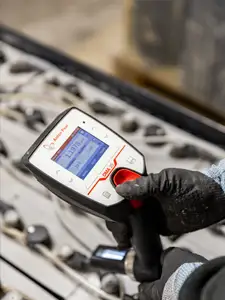
Battery regeneration in South Africa: a sustainable and cost-effective solution
What is battery regeneration?
Which Batteries Can Be Regenerated?
- Starter batteries – Designed to deliver high current in a short time, they require a discharge limited to 20% to maintain longevity.
- Slow-discharge batteries (traction batteries) – Engineered for deep discharges of up to 80%, these batteries can be recharged multiple times.
- Stationary batteries – Similar to traction batteries, but optimized for low maintenance, they are widely used for emergency power and autonomous energy systems.
Battery regeneration is a cost-effective and sustainable solution for optimizing battery use in South Africa, particularly in the telecommunications, transport, and renewable energy sectors.
When is battery regeneration not feasible?
While regeneration can restore the performance of lead-acid batteries and extend their lifespan, it is not always possible. Some batteries cannot be recovered when:
- The lead plates are too oxidized, preventing any effective electrochemical reaction.
- The electrolyte is insufficient or has completely disappeared, making recharging and regeneration impossible.
In such cases, the battery naturally reaches the end of its life cycle, typically after 15 to 20 years, depending on usage and maintenance. When a battery is too damaged to be regenerated, recycling becomes the best option to reduce its environmental impact.

Does your battery need regeneration?
Over time, battery capacity naturally decreases due to several factors:
- Incomplete charge and discharge cycles, which accelerate sulfation.
- High temperatures, affecting internal chemical reactions.
- Excessively high sulfuric acid concentrations, leading to premature wear.
- Prolonged storage without recharging, which degrades battery performance.
If you notice reduced performance, start-up difficulties, or signs of battery failure, it may be time for regeneration. This process restores capacity, extends lifespan, and prevents premature replacement.
Contact us
News
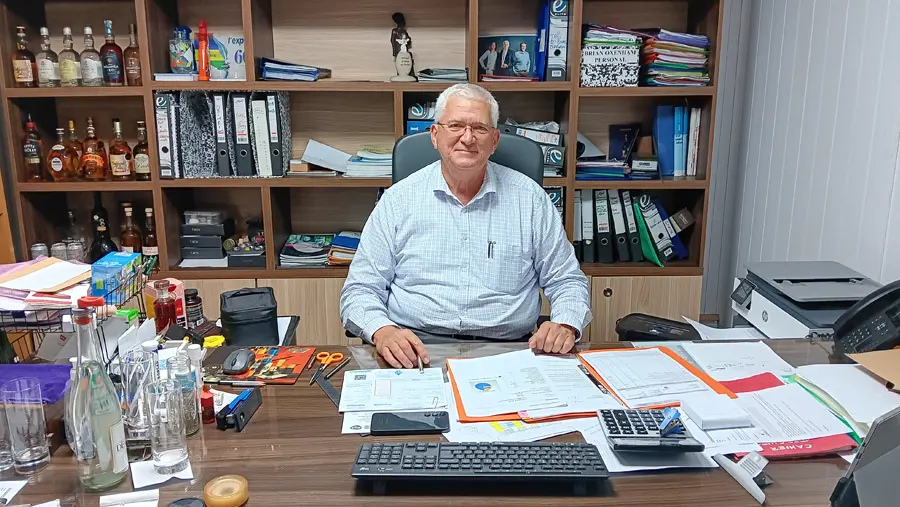
Interview Mr Brian Oxenham CEO D’Oxenham
Why did you choose Be-Energy for your Regenerations? When Kersley and Jean-Michel first came to see me, they presented...
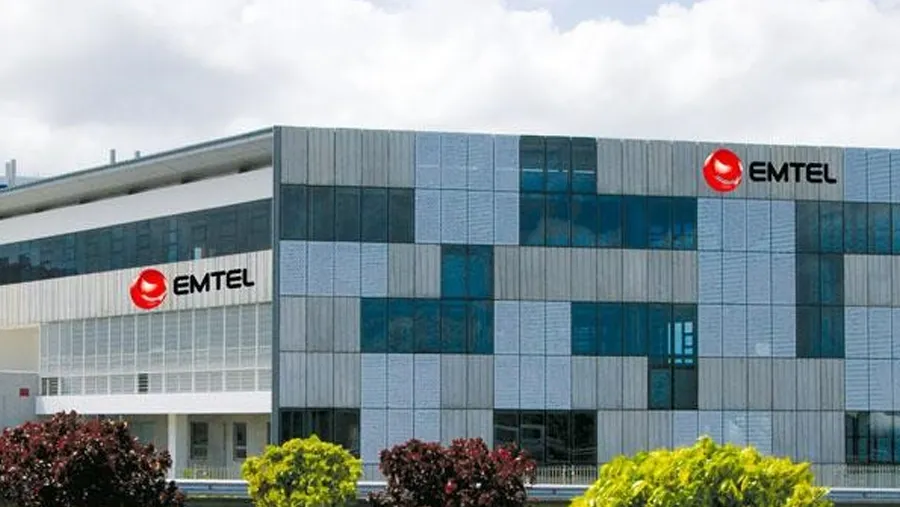
Telephone operator EMTEL is switching to regeneration
On May 29, 1989, Emtel became the first private cell phone operator in Mauritius. A subsidiary of the Currimjee group,...
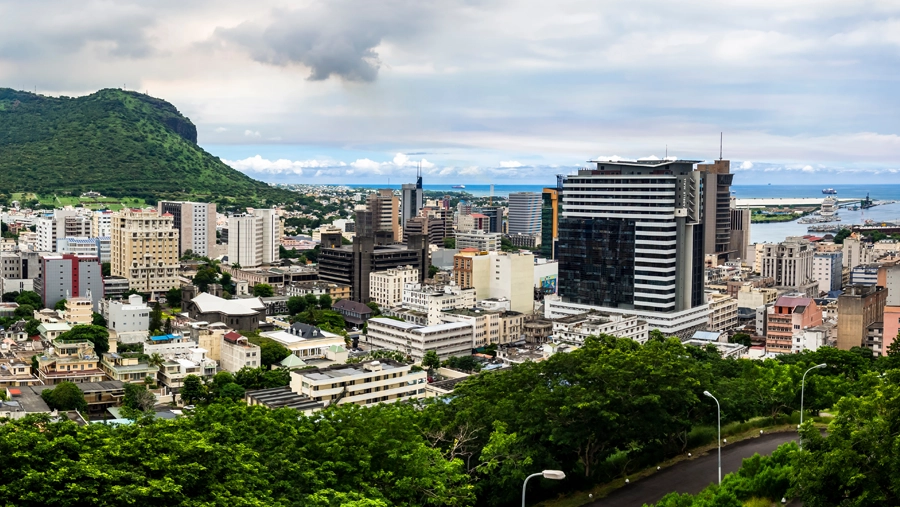
Be Energy Mauritius: sustainable solutions to the waste problem in Mauritius
In October 2023, Be Energy Mauritiusjoined the Be Energy network and benefited from on-site training, designed to make...

